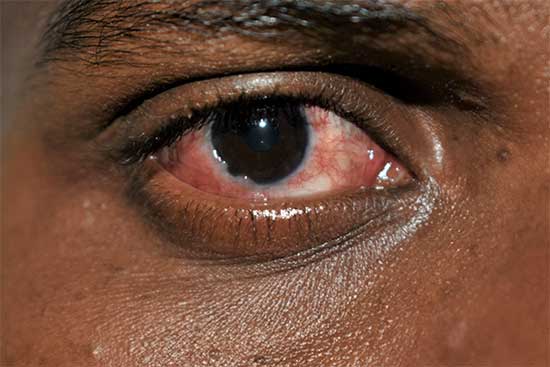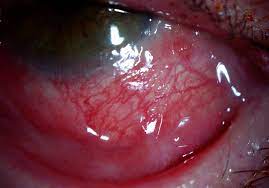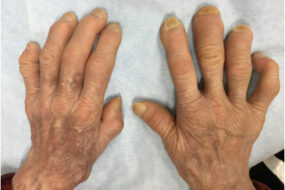- Home
- INTERNAL MEDICINE
- Red Eye Disease Outbreak Spark ...

A wave of Red Eye Disease is sweeping across Tanzania, triggering a health crisis that demands immediate attention. With 869 reported cases in Dar es Salaam alone between December 22, 2023, and January 11, 2024, authorities are on high alert for a potential outbreak.
Pascal Ruggajo, Director of Curative Services, sounded the alarm during a press conference in Dar es Salaam, revealing the surge in affected individuals.
Individuals affected by red eye disease commonly experience itching, a burning sensation, and increased tearing. These symptoms can cause discomfort and may affect the daily lives of those affected. It’s crucial for the public to be aware of these signs to seek timely medical attention.
Understanding the Roots of Red Eye Disease
Red eye disease, or conjunctivitis, refers to the inflammation of conjunctiva – which is mucous membrane that is covering the inner surface of eyelids and the outer layer of the eye up to the limbus. This condition results in a pink or red appearance of the eye, accompanied by fine blood vessels visible upon closer inspection.
Causes and Clinical Manifestations
- Bacterial Conjunctivitis
Commonly presents with redness, discharge, and eye crusting. Caused by bacteria including Staphylococcus aureus, Streptococcus pneumoniae, Haemophilus influenzae, and Moraxella catarrhalis. Highly contagious and mostly spread through direct contact or contaminated surfaces.
- Viral Conjunctivitis
Caused by adenovirus, with symptoms including watery or mucoserous discharge and a burning or gritty feeling. Highly contagious and may be part of a viral prodrome with respiratory symptoms.
- Allergic Conjunctivitis
Triggered by allergens, leading to bilateral redness, watery discharge, and itching. Associated with a history of allergies and may present with chemosis (conjunctival edema).
- Toxic Conjunctivitis
Resulting from exposure to irritating agents or medications. Recognition and removal of the offending agent are crucial for management.
Management and Treatment
- Bacterial Conjunctivitis
Typically self-limited, but antibiotics may be prescribed to shorten the course. Antibiotic choices include erythromycin or sulfacetamide, with caution regarding potential allergic events.
- Viral Conjunctivitis
No specific antiviral therapy; symptomatic relief with topical antihistamine/decongestants and compresses. Awareness that symptoms may worsen before improving, and recovery may take two to three weeks.
- Allergic Conjunctivitis
Various over-the-counter options for relief, including naphazoline-pheniramine, ketotifen, and olopatadine. Avoidance of triggers and understanding that symptoms may persist for weeks.
- Toxic Conjunctivitis
Identification and removal of the offending agent. Referral to an ophthalmologist if severe symptoms or rebound redness occur.
- Noninfectious, Noninflammatory Conjunctivitis
Spontaneous resolution with rapid conjunctival surface regeneration. Symptomatic relief with over-the-counter lubricants, especially in severe cases.
Public Awareness and Prevention
- Preventing Contagion
Avoid sharing personal items such as towels, handkerchiefs, and cosmetics. Emphasize proper hand hygiene to minimize direct contact spread.
- Need for Examination
Stress the importance of seeking professional medical examination before initiating any treatment. Antibiotic use only for diagnosed bacterial conjunctivitis.


Conclusion
Tanzania’s battle against the red eye outbreak hinges on public awareness and swift medical intervention. Understanding the causes, symptoms, and appropriate management is key to curbing the spread. Health authorities are closely monitoring and responding, urging the communities to join the fight against further escalation and secure the well-being of the population.
Written by Bane












